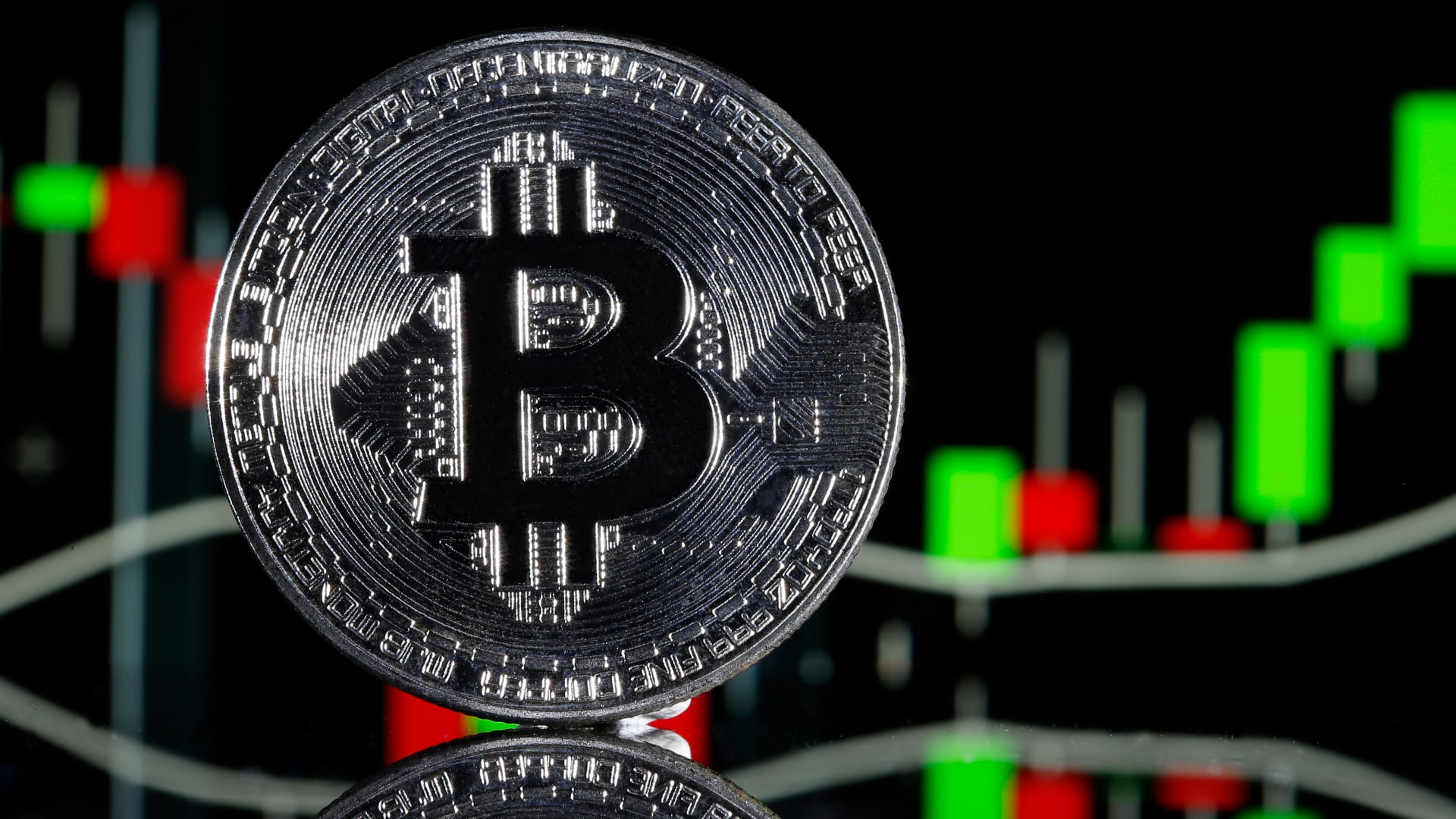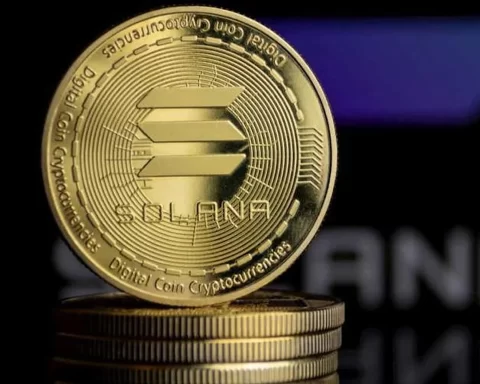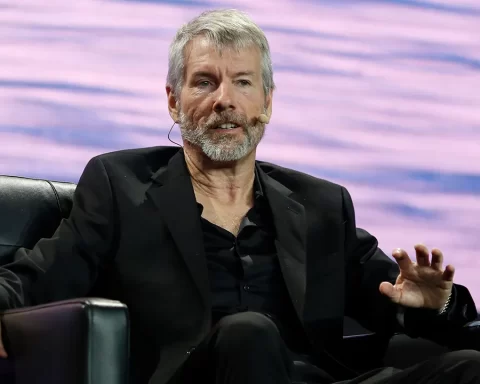On February 10, a solo Bitcoin miner achieved a remarkable feat by successfully mining block 883,181, earning a reward of approximately 3.15 Bitcoin (BTC), valued at over $300,000. This block contained 3,071 transactions and was mined by an individual identified as “unknown.”
Bitcoin miner Marshall Long noted that the miner utilized an implementation of the CKPOOL but appeared not to be directly associated with it. He speculated that the miner might have employed a Bitaxe device, which can be used for solo mining or in mining pools where computational power is combined to enhance the likelihood of solving a block.
The current Bitcoin network hashrate stands at approximately 788.86 million terahashes per second (TH/s), reflecting a slight decrease from the previous day’s 795.29 million TH/s but marking a significant 53% increase compared to the same period last year. A higher hashrate necessitates greater computing power, leading to increased energy costs and longer verification times, which pose challenges for solo miners attempting to validate blocks independently.
Solo miners solving blocks is a rare occurrence due to the substantial hashrate requirements. Typically, large mining firms such as Bit Digital, Riot Blockchain, and Marathon Digital dominate block validation, given their extensive hash power.
As of now, over 19 million of the 21 million total Bitcoin supply have been awarded to miners through block rewards. This event coincides with a recovery in the cryptocurrency markets, following a temporary decline after U.S. President Donald Trump announced tariffs on aluminum and steel, escalating trade tensions. Bitcoin’s price has rebounded, currently trading above $98,000, though it remains below its all-time high of over $109,000 reached on January 20.
This instance underscores the unpredictable nature of Bitcoin mining, where even individual miners with limited resources can occasionally achieve significant rewards.




